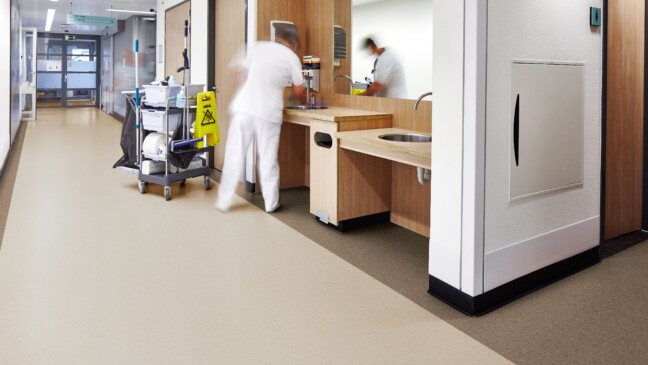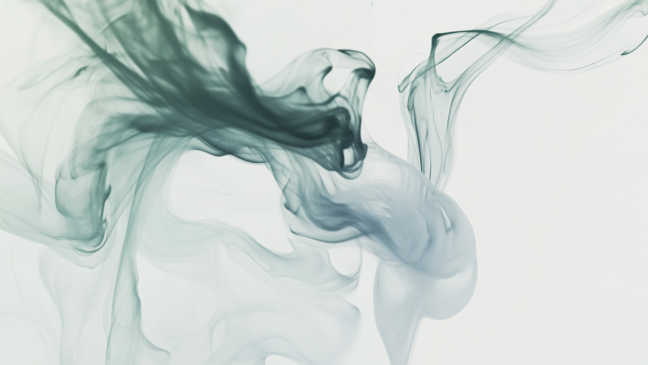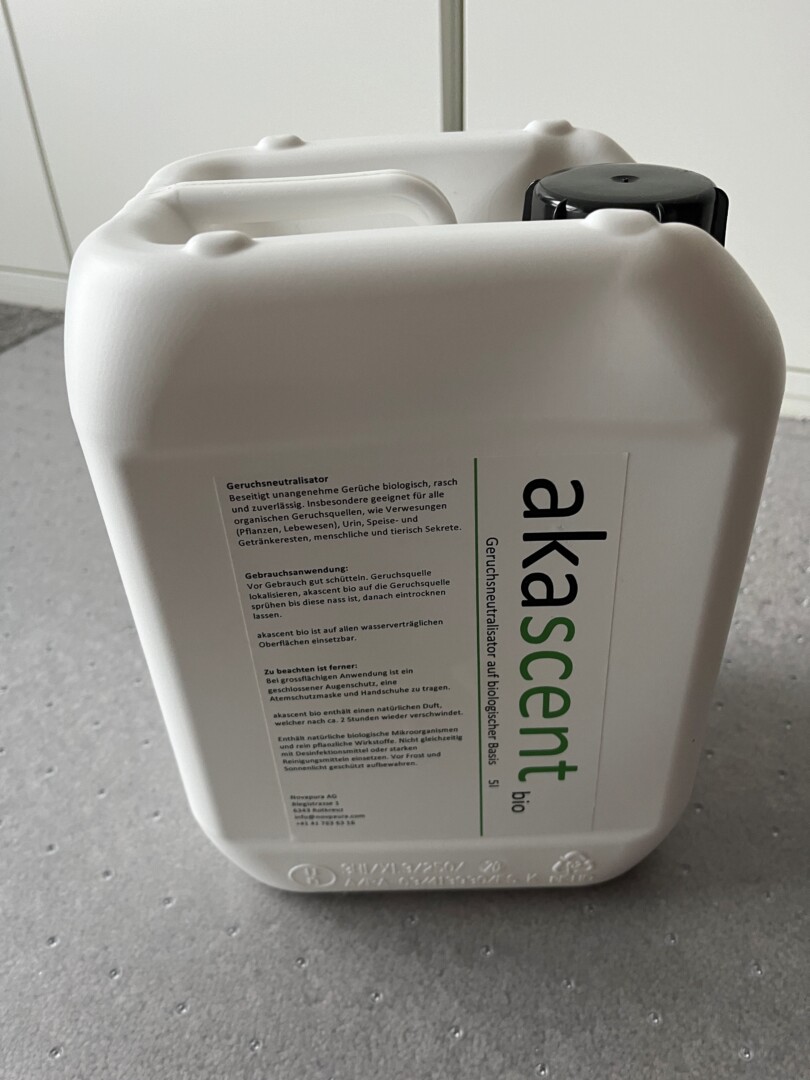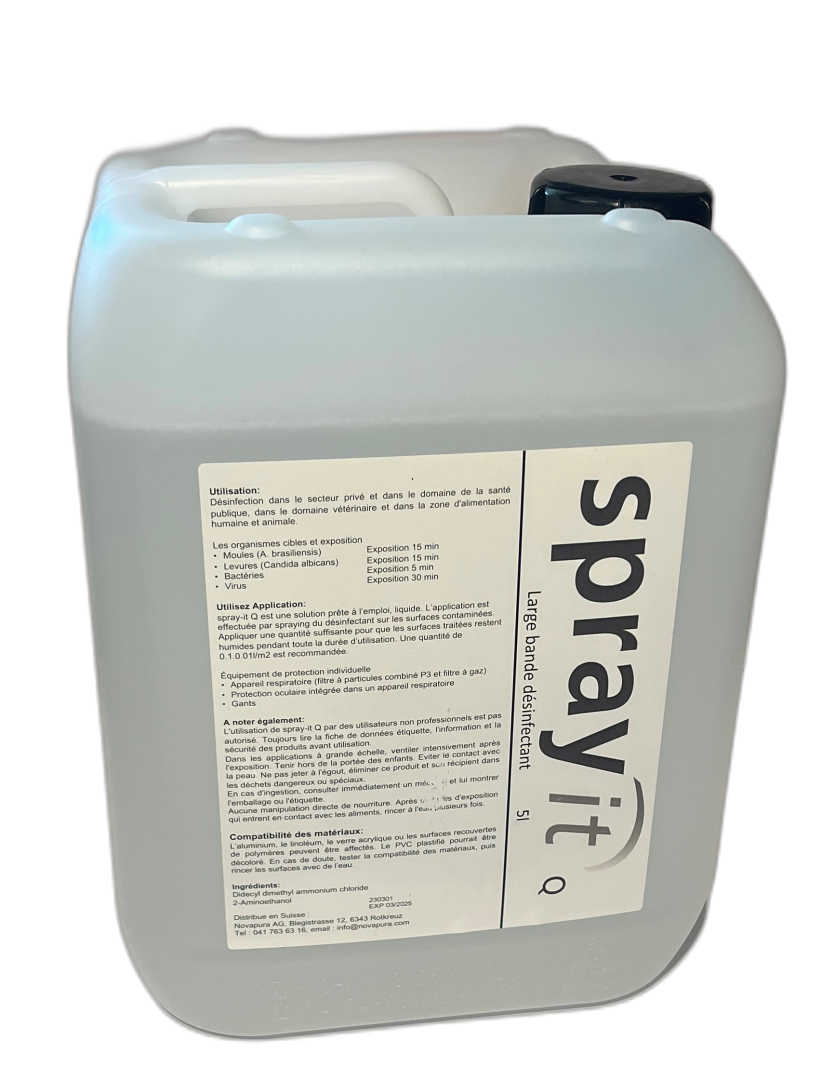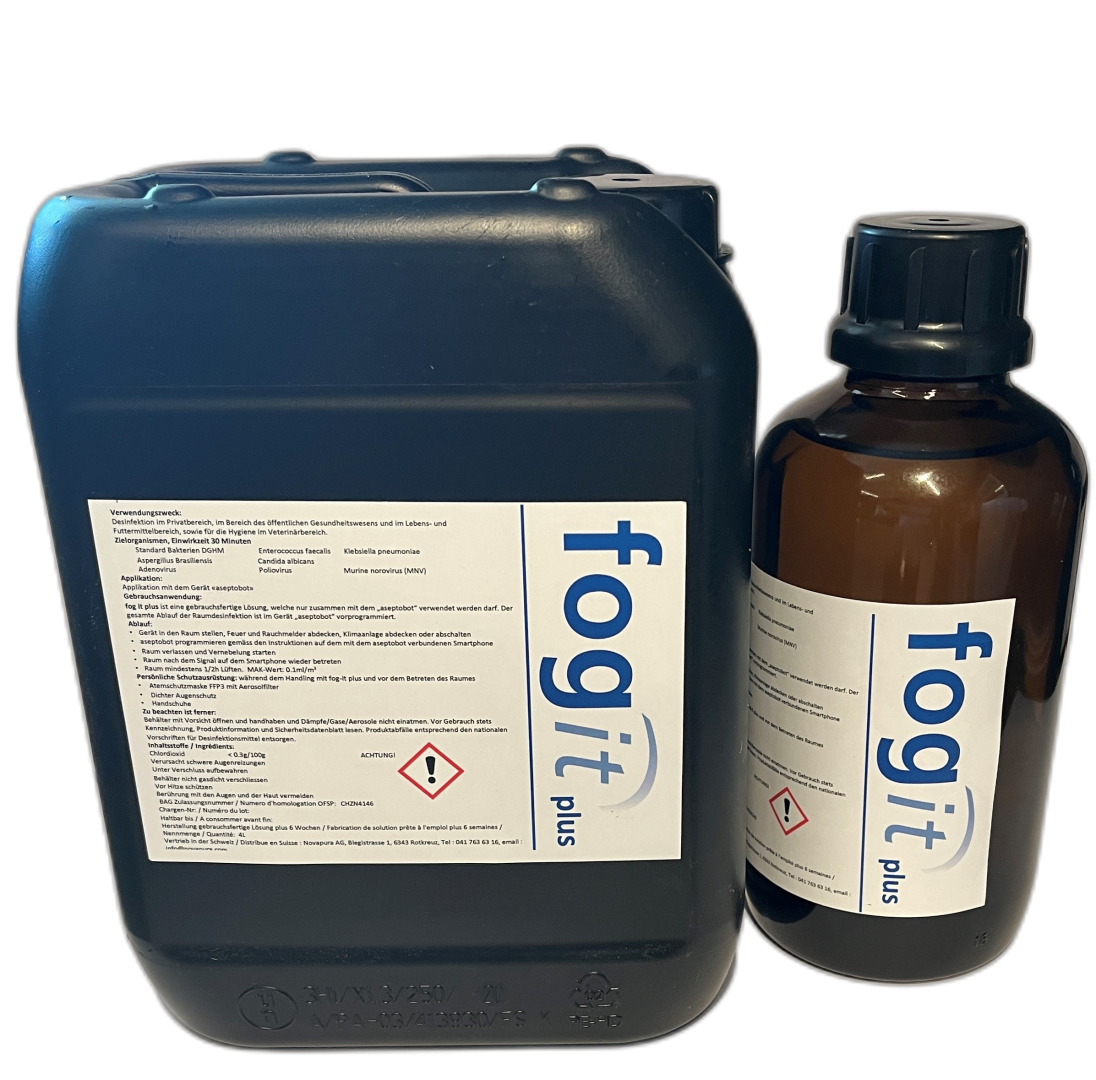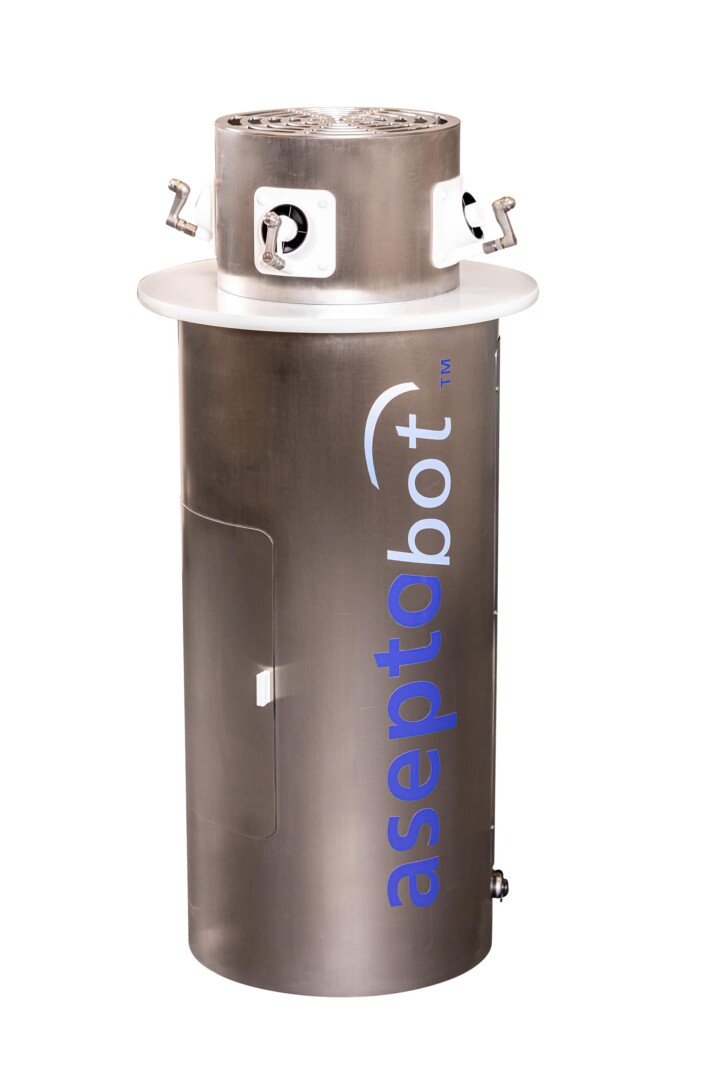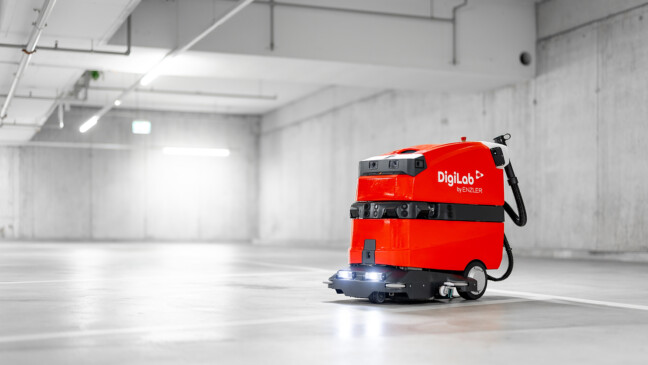
09.08.23
Surface disinfection in the Swiss healthcare system
As last year, Novapura has again conducted a survey in Swiss healthcare facilities. Title of this year's survey: How are surface disinfections performed in the Swiss healthcare sector?
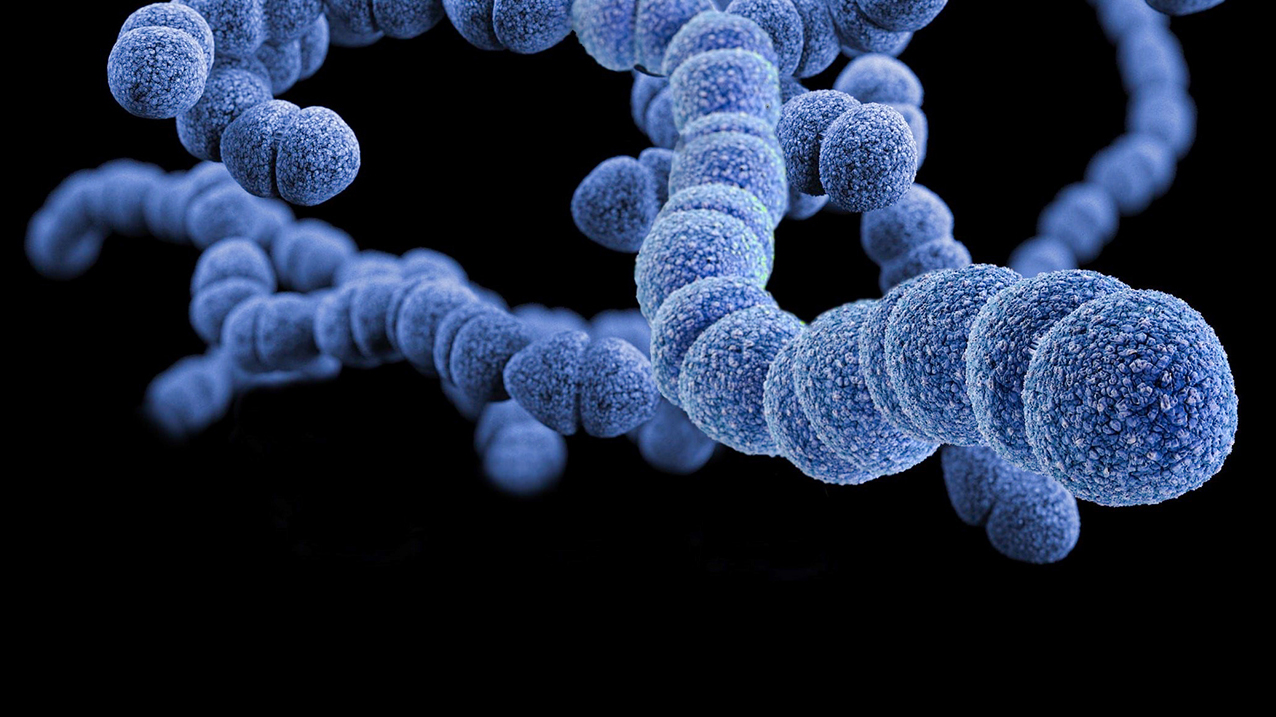
The number of contaminations is still significant in almost all institutions, especially when looking at isolated cases of multi-resistant bacteria.
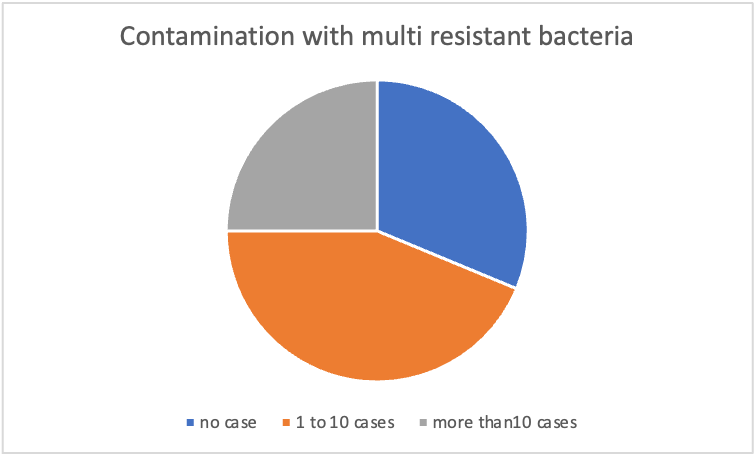
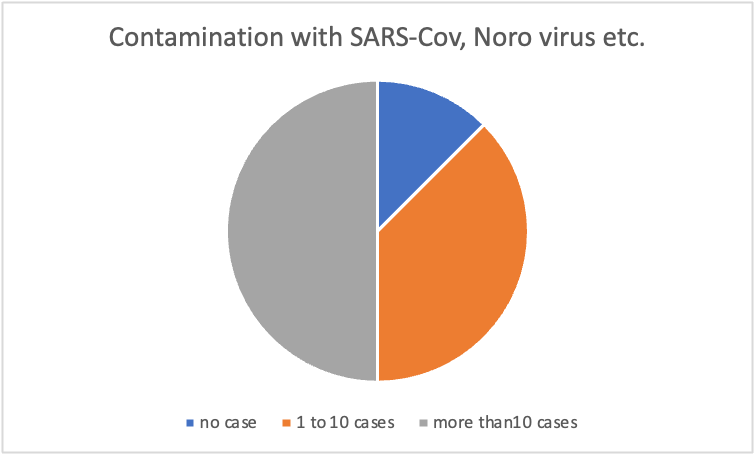
The main areas contaminated were patient rooms and quarantine rooms, and to a lesser extent the emergency room. Scrubbing/wiping disinfection is still the method of choice when it comes to decontaminating these rooms. In a few cases, other methods are used, such as fogging. For the most part, internal, trained personnel are assigned to this work, despite staff shortages. The latter is apparently not given much attention by the institute management. According to the responses received, however, no efforts are being made to increase efficiency through automation or outsourcing.
Decontamination is documented and monitored in just under 25 % of institutions.
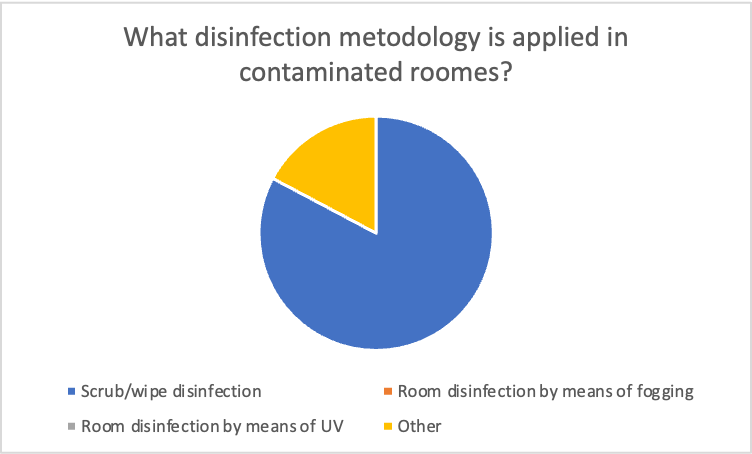
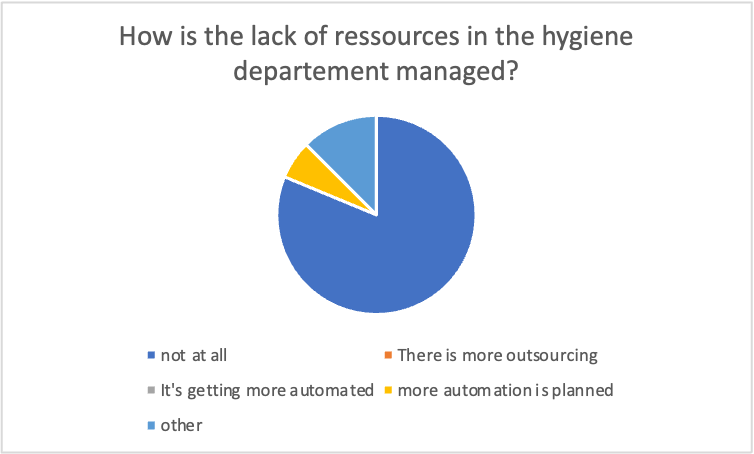
In your opinion, which areas are critical in terms of cross-contamination?
Patient rooms and the emergency room are the main areas mentioned in response to this question. The ward kitchen and staff clothing are also mentioned. It is highly unlikely that this information is backed up by measurement results.
Particular attention is paid to high-touch surfaces during surface disinfection (door handles, handrails, handles, buttons, knobs, etc.). Indoor air (probably from the time of the pandemic) is also included in the statistics. Scrubbing/wiping disinfection is the method of choice for high-touch surfaces. These surfaces are disinfected up to 3 times a day; there are institutions that disinfect less than once a day.
Would you have confidence in coatings with permanent self-disinfecting properties for high-touch areas?
50 % of the answers are negative, the other 1/3 see a benefit (closing the disinfection gap, support with regular disinfection).
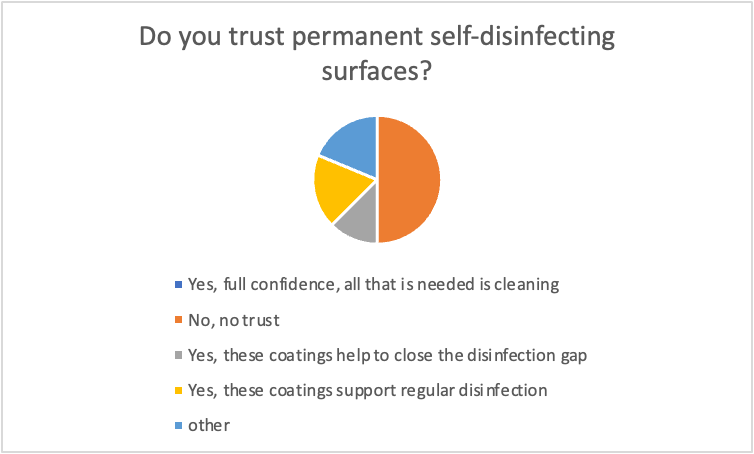
What additional, simple measures could be taken to further reduce cross-contamination?
The good old hand disinfection is the main thing mentioned here.
Summary
Methods: As in last year’s survey, scrubbing/wiping disinfection is still the most frequently used method for surface disinfection. Contamination with multi-resistant bacteria or SARS-Cov/Noro occurs frequently. New technologies such as fogging processes, UV robots and self-disinfecting coatings are not widely used or are met with a certain degree of skepticism or are completely unknown. The lack of personnel is seen as a major problem, which is apparently not being tackled or not tackled with enough energy.
